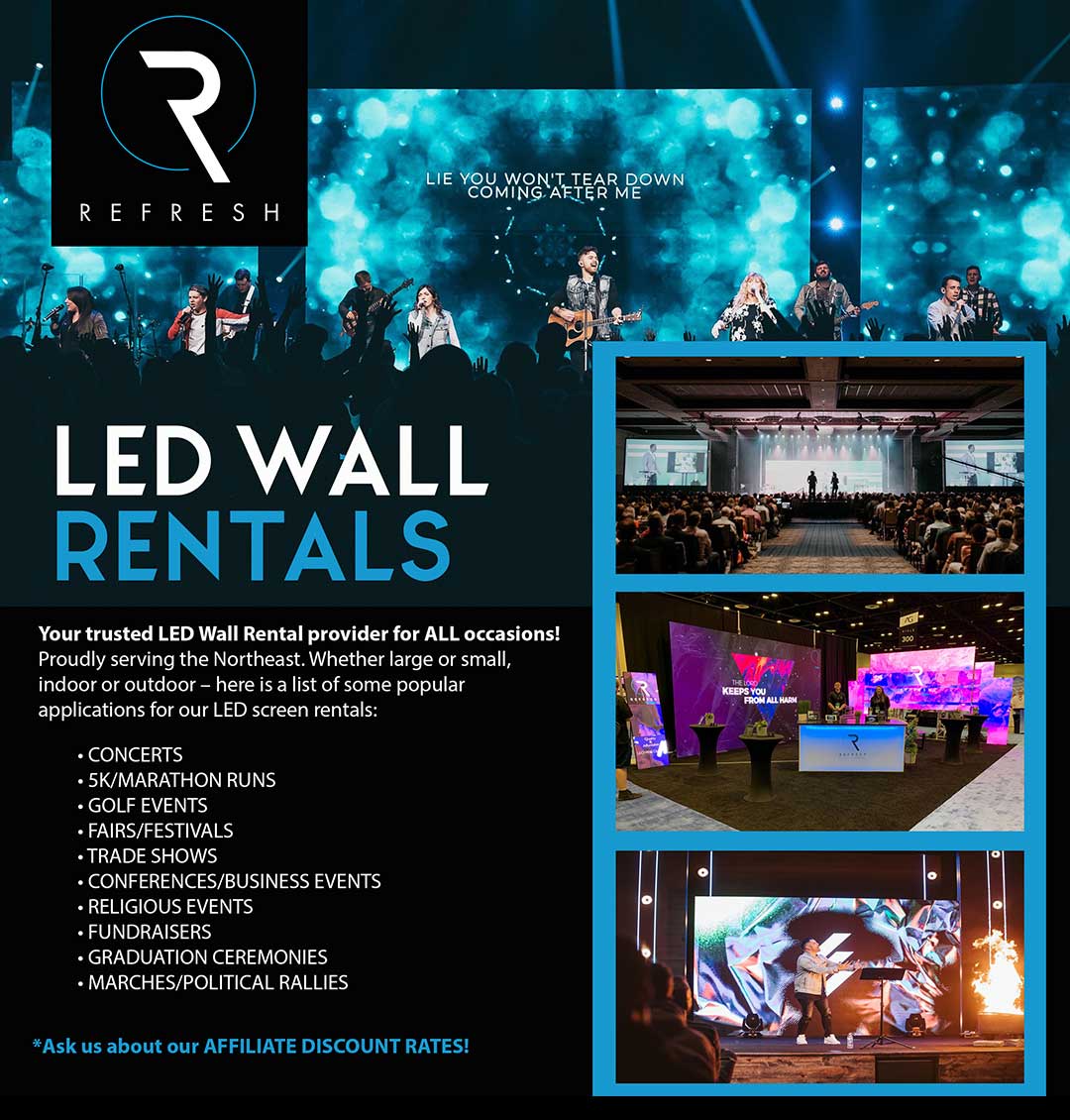Examining the Diverse Integration Options Offered for Light Emitting Diode Wall Modules
Examining the Diverse Integration Options Offered for Light Emitting Diode Wall Modules
Blog Article
LED wall units have secured popularity for their ability to deliver crisp imagery in multiple settings, from corporate environments to event venues. One of the primary aspects of these systems is their interface options, which allow users to connect them to different devices and systems. Understanding the diverse input options supported for Light Emitting Diode wall panels is vital for enhancing their use and effectiveness. This discussion details these options, showcasing how they can adapt to specific needs and preferences.
One common interface method for Light Emitting Diode wall panels is HDMI. HDMI is broadly known for delivering crisp video and audio signals between components. This interface type is particularly useful in business environments, such as meeting spaces or training rooms, where presentations or video content are often shared. By using digital connectors, operators can easily link laptops, projectors, and streaming equipment to Light Emitting Diode wall panels, ensuring a sharp and dynamic presentation of information.
Another popular interface method is Display Port, which is similar to HDMI but offers enhanced benefits. Display Port can support higher refresh rates and display outputs, making it an ideal choice for gaming or graphic-intensive applications. For those deploying Light Emitting Diode wall panels in environments where performance is critical, such as competitive gaming venues or creative workspaces, DisplayPort can provide the necessary visual quality. Moreover, many contemporary computers and graphics cards include DisplayPort connections, making it a convenient option for technology-oriented professionals.
In contrast to HDMI and DisplayPort, wireless transmission methods are becoming progressively common in LED wall panel technology. Wireless interfaces allow operators to share content without the need for physical cables, promoting a cleaner and more adaptable configuration. Platforms such as wireless internet and Bluetooth enable users to connect smartphones, tablets, and laptops directly to Luminescent Diode wall panels without tangled wires. This versatility is especially beneficial in dynamic environments like exhibitions or live functions, where rapid adjustments to displays are often required.
For larger installations or more complex setups, LAN integration through Ethernet is another viable solution. Wired links provide a consistent and reliable way to connect multiple LED wall panels within a network. This setup is ideal for digital signage use cases found in retail centers or transport hubs, where multiple panels may need to present coordinated content across a broad area. By using network cabling and routing hardware, operators can guarantee that all linked panels receive uniform updates and information efficiently.
Finally, it's crucial to evaluate the evolution of interface technology with advancements such as Universal Serial Bus-C and Thunderbolt 3. These next-generation interfaces offer enhanced data transfer rates and flexibility by allowing one connector to handle both energy transfer and data exchange. As more systems incorporate these protocols, Light Emitting visit the site Diode wall panels equipped with Type-C ports will likely become more prevalent. This evolution in integration not only enhances the functionality of LED wall panels but also aligns with the growing trend of minimalistic design in hardware arrangements by minimizing the number of wires required.
In summary, exploring the diverse interface methods available for LED wall panels reveals many possibilities for users across various fields. From traditional methods like High-Definition Multimedia Interface and DisplayPort to modern wireless solutions and network connections, each option serves unique functions suited to distinct needs. Furthermore, find out here next-gen technologies like USB-C offer further advancements in how users interact with Luminescent Diode wall panels. By grasping these integration alternatives, end-users can make informed decisions that enhance their overall experience with these versatile visual solutions.